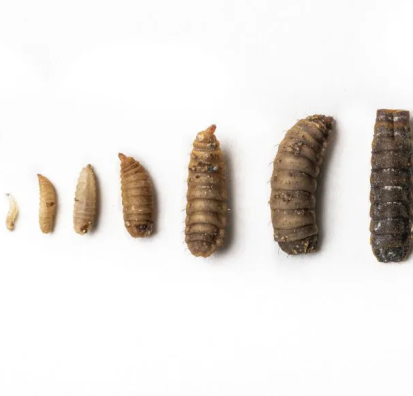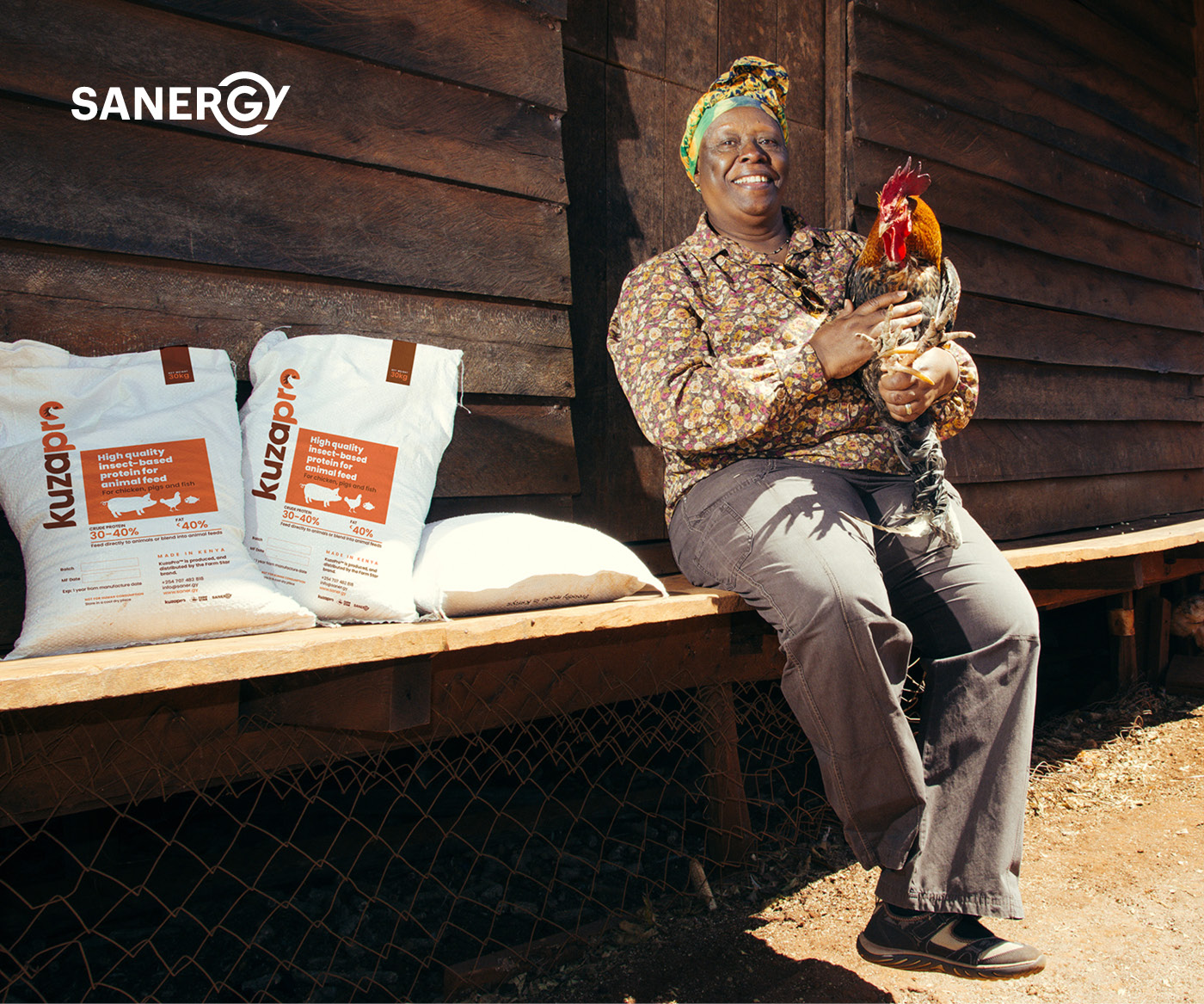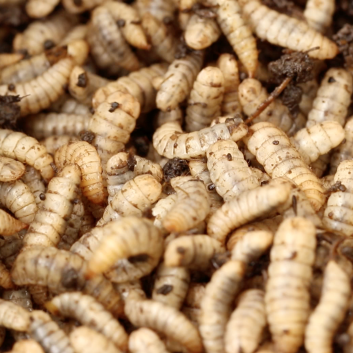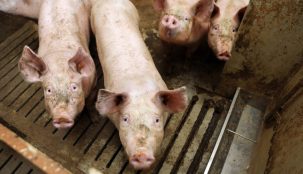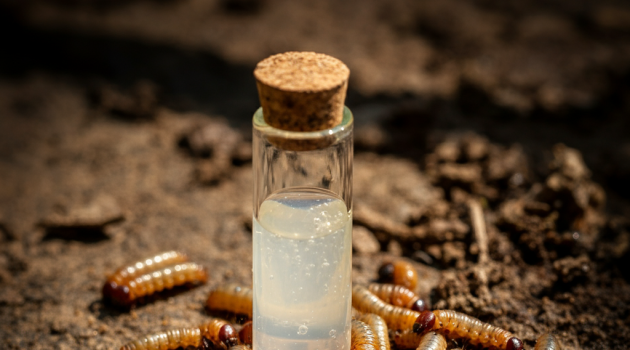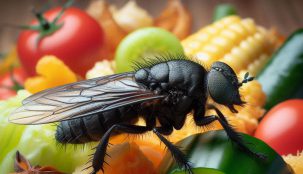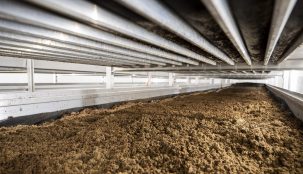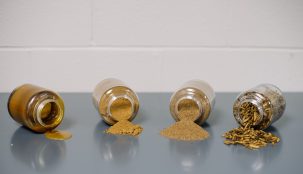Predicting Black Soldier Fly Larvae Growth: Insights and Models
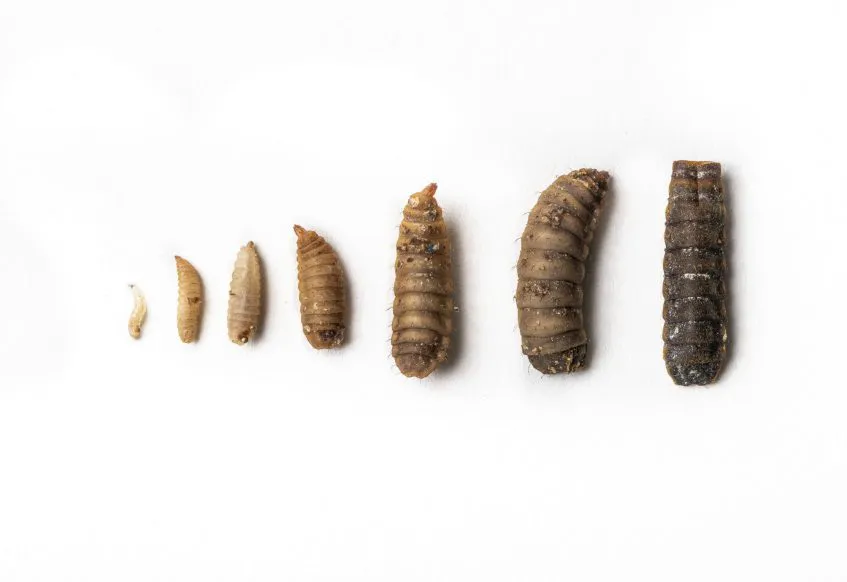
The Black Soldier Fly (BSF) larvae have gained considerable attention for their potential in waste management and protein production. To optimize their growth during production, it is crucial to understand the relationship between the nutritional inputs provided and the final weight of individual larvae. A robust growth model can help in predicting larvae yield based on specific dietary components.
Exploring the Relationship Between Nutritional Inputs and Larvae Growth
One of the fundamental approaches to model BSF larvae growth is to analyze how different nutritional inputs affect the larvae’s final weight. Key inputs to consider include:
- Weight of feed per larva (mg)
- Energy content (kcal, KJ)
- Protein content
- Lipid content
These inputs can be correlated with the final individual larva weight to establish a growth model.
Insights from KieBling et al. (2023)
A significant study by KieBling et al. (2023) explored the impact of substrate contents, specifically crude lipid and protein, on BSF larval weight. The researchers developed 54 different BSF larval diets by stepwise (10%) replacement of chicken feed with seven raw materials. Their model demonstrated that the final larval weight depended significantly on the dietary protein and lipid content.
Interestingly, the study observed a sharp (linear) decrease in larval weight gain with lower lipid contents, highlighting the crucial role lipids play in larval development. The absence of carbohydrates in their model suggests that protein and lipid contents are more critical determinants for larval growth in the context of their study.
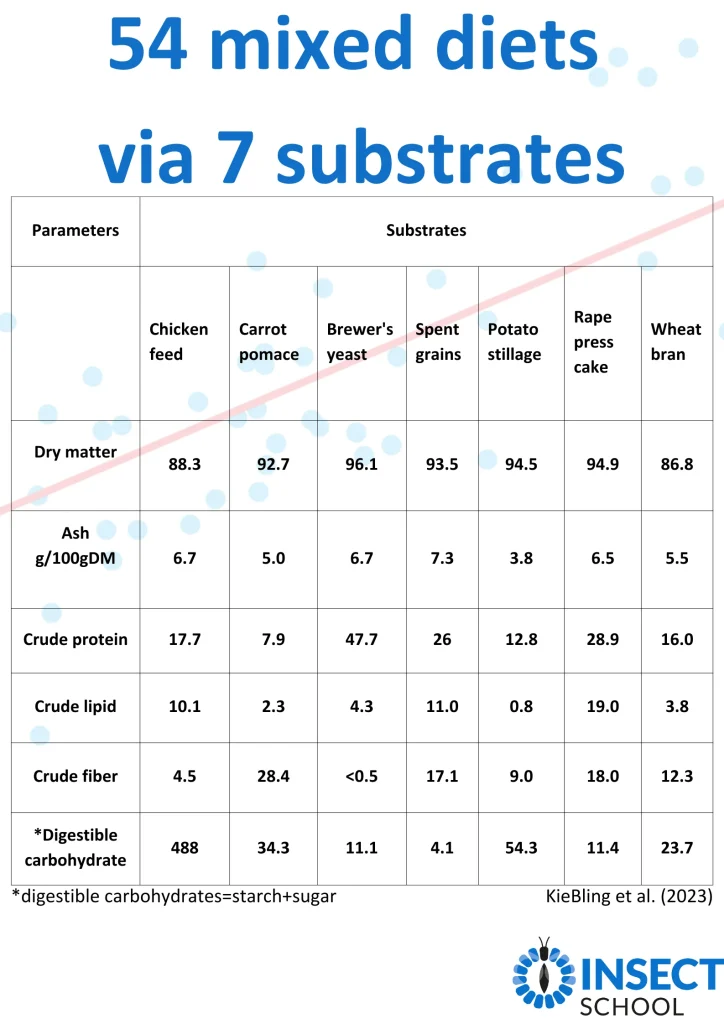
Extending the Model for Better Predictions
To refine the prediction of BSF larvae yield, it would be beneficial to run larger-scale tests, such as 540 or 5400 substrate variations. This extensive data collection would allow for a more precise quantification of the relationship between larvae weight and the dietary inputs of protein and lipid. By analyzing these larger datasets, researchers can develop a more comprehensive model that can accurately predict BSF larvae yield based on the nutritional composition of the feed.
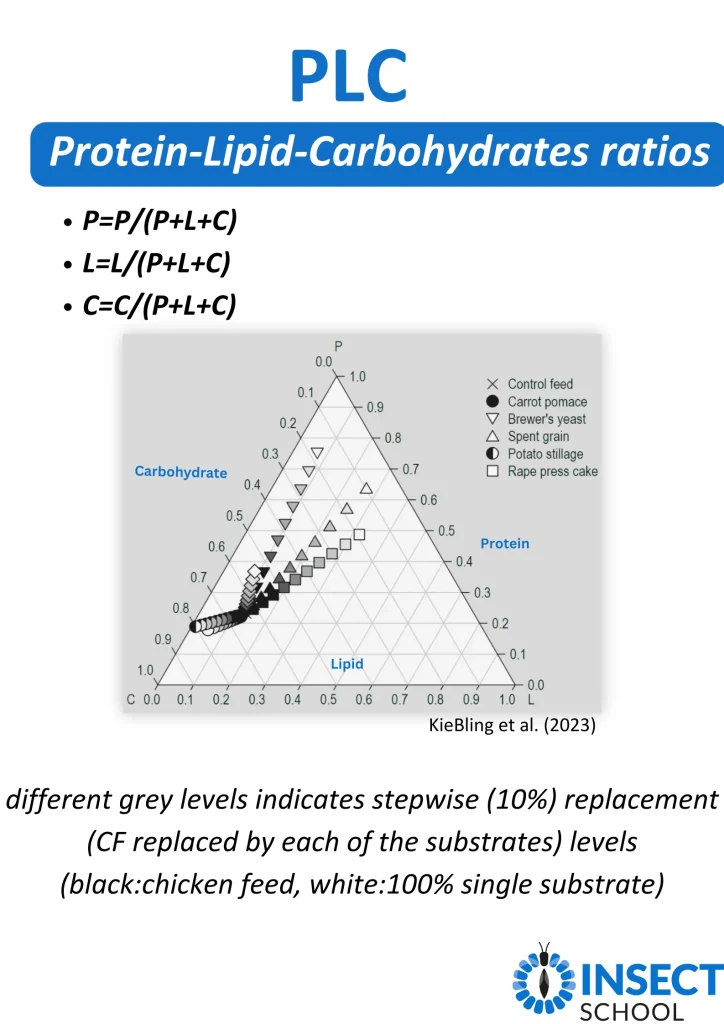
Considerations for Lipid Content in Substrates
While lipid content is a critical factor for BSF larval growth, there are some practical concerns regarding its effects on the substrate environment:
- High Lipid Content Issues: Excessive free fat in the substrate can lead to anaerobic and sticky conditions, impeding larvae respiration through their surface and hindering growth.
- Optimal Lipid Content: A moderate crude lipid content (around 10%) has been found to be beneficial for BSF production. This level helps reduce heat stress, limits microbial activity, and associated heat production, creating a more conducive environment for larval development.
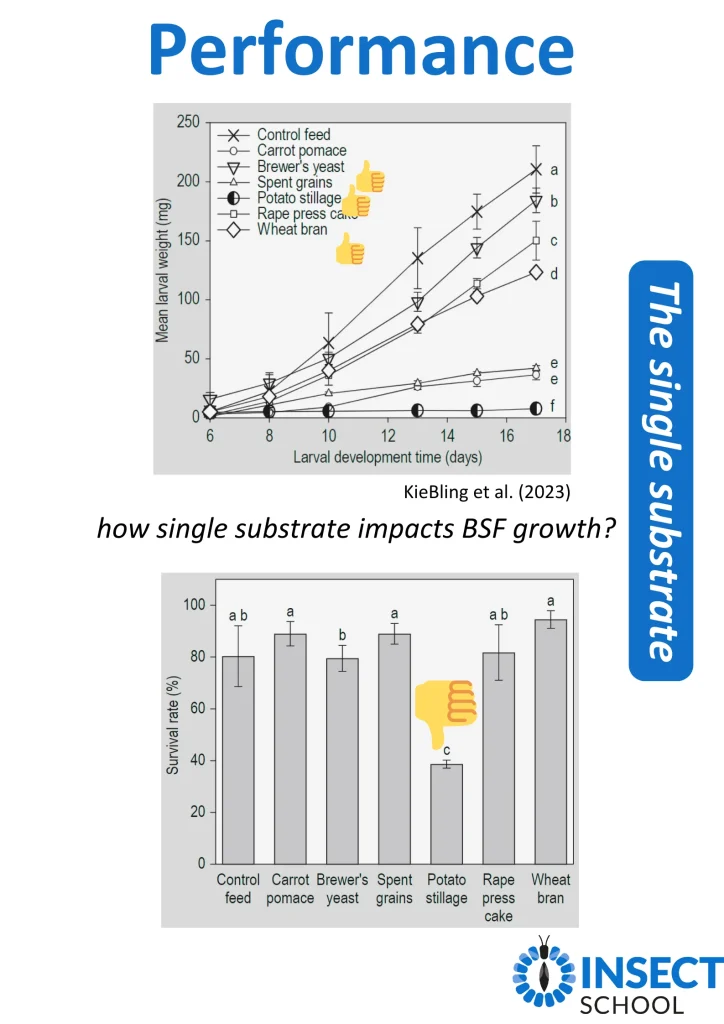
Practical Applications and Future Research
The findings from KieBling et al. (2023) provide a foundation for developing practical applications in BSF larvae production. By focusing on the optimal levels of protein and lipid in the diet, producers can maximize larvae growth and yield. Future research should aim to:
- Expand the Substrate Range: Conduct tests with a broader range of substrate compositions to refine the growth model.
- Include Carbohydrates: Investigate the role of carbohydrates in the larvae diet to determine if their inclusion could enhance growth predictions.
- Monitor Environmental Conditions: Consider other factors such as substrate moisture, temperature, and pH to create a holistic model for BSF larvae growth.
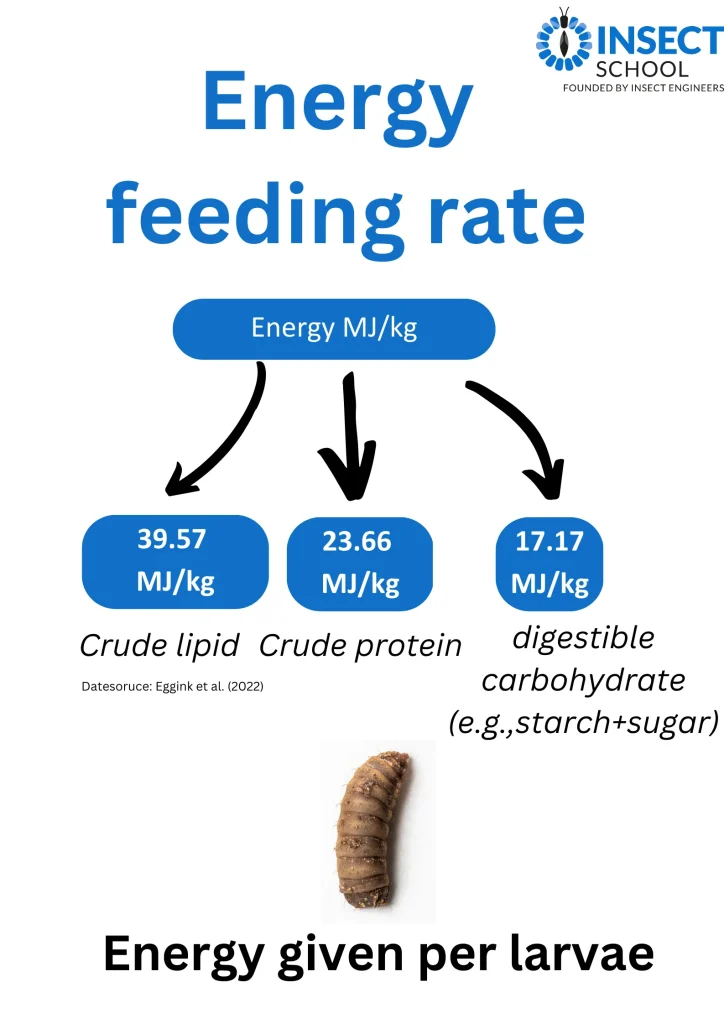
Developing a predictive model for BSF larvae growth based on dietary inputs is a promising approach to optimize production. By understanding the critical roles of protein and lipid content, and addressing practical concerns regarding substrate conditions, producers can enhance larvae yield effectively. Further research and large-scale testing will help in fine-tuning these models, providing a reliable tool for commercial BSF breeding operations.
For more information about:
- Insect Bioconversion of Waste, please contact us at the Insect school. https://www.insectschool.com/
- Turnkey Insect Farms – https://www.insectengineers.com/bsfturnkey/production
- If you would like to book BSF industry keynote speaker Bob Holtermans for your event – https://www.insectengineers.com/about-us/speaker-bobholtermans
